Basil Mrs Burns Lime
$4.49
Ocimum Basillicum
- Seed Count 150
- Zesty Flavour
- Annual
In stock
Description
Basil Mrs Burns Lime is a legendary heirloom, nothing short of an idol among fine chefs and gardeners alike. This heirloom was discovered in New Mexico, and it is absolutely the best lime basil available anywhere, with a much more intense, citrusy, mouth-puckering flavour.
Basil Mrs Burns Lime possesses large, lush, oval-shaped, slightly puckered bright green leaves, with a scent of lime, and spikes of small, tubular white or pink-tinged flowers in late summer. This robust plant sets 7cm long leaves on plants that grow to around 60 to 90cm tall and 30 to 60cm wide.
The bright, fresh, lemony sweet scent and taste make them a perfect match for seasonal fruits and garden produce. Makes a delicious pesto and salad dressings and is perfect partner for chicken and fish.
| Method: Sow direct | Soil Temp: 18°C - 35°C |
| Cool Mountain: Sep - Jan | Position: Part Shade |
| Arid: Aug - Jan | Row Spacing: 25 cm |
| Temperate: Sep - Feb | Planting Depth: 2 mm |
| Sub Tropical: Aug - Feb | Harvest: 75 Days |
| Tropical: All Year | Plant Height: 60 cm |
Ideal Growing Conditions:
Climate:
- Basil thrives in warm climates. It is sensitive to cold, so it’s best grown during the warmer months. In most parts of Australia, plant basil in late spring after the last frost, continuing through summer.
Location:
- Choose a location that gets full sun, at least 6-8 hours a day. Basil can tolerate some afternoon shade, especially in very hot regions.
Soil Requirements:
- Basil prefers rich, well-draining soil. Incorporate plenty of compost or well-rotted manure to improve soil fertility and structure. Aim for a pH level of around 6.0 to 7.5.
Planting Basil:
Starting Seeds:
- Sow basil seeds indoors in seed trays or directly in the garden once the soil has warmed. Plant seeds about 2mm deep.
- Maintain moisture until seeds germinate, which typically takes about 7-10 days.
Transplanting Seedlings:
- If starting indoors, transplant seedlings once they have two sets of true leaves and temperatures remain consistently warm.
- Space plants about 25 cm apart to allow for proper air circulation.
Care and Maintenance:
Watering:
- Basil needs regular watering, especially during dry spells. Ensure the soil remains moist but not waterlogged. Water at the base of the plant to keep foliage dry and prevent fungal diseases.
Feeding:
- Fertilize with a balanced, organic fertilizer every 4-6 weeks. Alternatively, use a liquid seaweed or fish emulsion as a foliar feed.
Pruning and Pinching:
- Regularly pinch off the tops to encourage bushy growth and prevent the plant from flowering prematurely. Remove any flower buds to keep the plant focused on producing leaves.
Companion Planting
Benefits to Neighbouring Plants:
- Pest Repellent: Basil helps deter pests like aphids, mosquitoes, and some fruit flies. Its strong aroma can mask the scent of other plants, making them less attractive to pests.
- Attracting Beneficial Insects: Basil attracts pollinators and other beneficial insects, like ladybugs, which can help control pest populations.
Ideal Companion Plants:
- Tomatoes: Basil is often planted alongside tomatoes because it is believed to enhance their growth and flavour, while also repelling harmful insects like hornworms.
- Capsicum & Chilli: Like tomatoes, capsicum and chillies can benefit from basil’s pest-repelling qualities.
- Oregano: These herbs can thrive together, potentially enhancing each other’s flavours.
Plants to Avoid:
- Cabbage Family: Basil may compete unfavourably with plants like cabbage, broccoli, and cauliflower.
- Rue: This herb can be harmful to basil, so it’s best to keep them apart.
Soil Improvement:
- Basil can help improve soil health and structure through its root system, which can enhance nutrient availability for neighbouring plants.
Pest and Disease Management:
Common Pests:
- Be on the lookout for aphids, whiteflies, and slugs. Control these pests with insecticidal soap or introduce beneficial insects like ladybugs.
Diseases:
- Basil can be prone to downy mildew and fusarium wilt. Ensure good air circulation and avoid overhead watering to mitigate these risks.
Harvesting:
When to Harvest:
- Begin harvesting basil when plants are about 15cm (6 inches) tall. Harvest leaves in the morning when oil concentrations are highest for the best flavour.
How to Harvest:
- Use sharp scissors or your fingers to pinch off leaves or cut stems just above a pair of leaves. This will encourage new growth.
Preservation:
- For prolonged use, basil can be frozen or dried. For freezing, blend with a little olive oil and pour into ice cube trays for easy portioning.
Order Times
Seed orders are normally dispatched within three business days. You will receive an email when seeds are mailed out.
Postage Days
Seeds are mailed out Monday to Friday at 1pm. Except for the Friday of long weekends.
Postage Times
WA 2-3 Days: SA,NT 3-5 Days: NSW, ACT, QLD, VIC: 5-7 Days
Carrier
We use Australia Post Letter Postage for the majority of orders
Not only are our seeds packed in recycled paper envelopes, we keep the theme going when we post out website orders. To protect your seeds from moisture and the letter box munchers (snails), we use a very special plastic free material made from plants. They are then put into recycled mailing envelopes. Green all the way 💚🌿

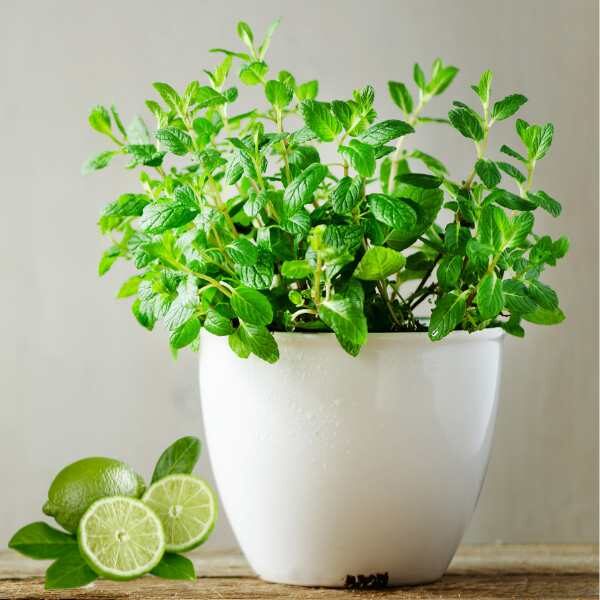

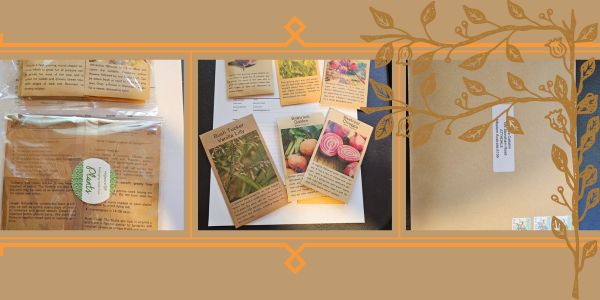
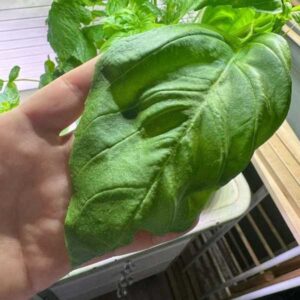
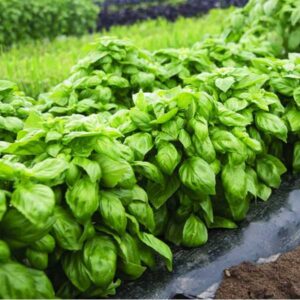
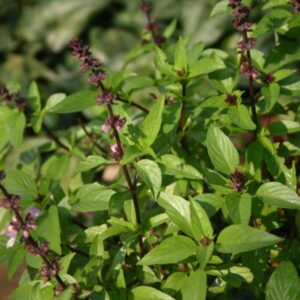
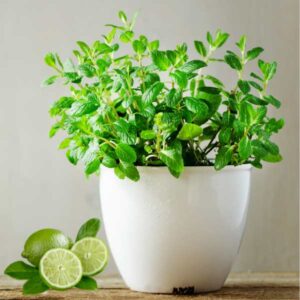
Reviews
There are no reviews yet